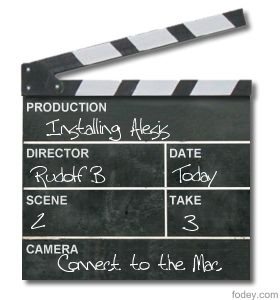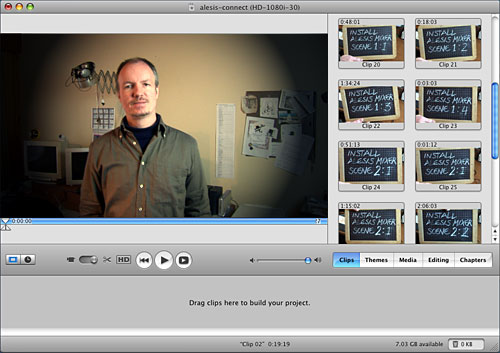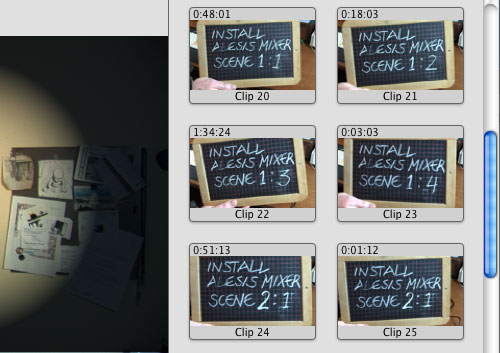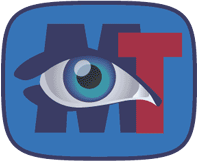
Shooting a video in one go is fine for straightforward interviews or short presentations but when it comes to complicated subjects, we often have to cut a video into pieces. When finished, we assemble everything in post production and glue the parts together. Sometimes, it can be difficult to recognize from the thumbnails in the video editor which scene is about what. Below is a perfect example of this problem:

Especially, when you have scenes that look similar, like long interviews or presentations with little action, it becomes time consuming to figure it out without watching the scenes one by one. Normally, when you can do the post production right after the shoot, you know up to a point what is what, but do you remember the next day? I often don’t, actually.
To give an example: I was working on a rather complicated tutorial about the Alesis Multimix8 Firewire mixer and I had many scenes because there was a lot of ground to cover regarding this subject. Even the same day I really had a hard time to distinguish one scene from the other in iMovie (the standard video editor on Mac).
Using a scene board or a Movie clapper board

This morning I had the idea to use the same technique as in the film industry to mark footage. They use a scene- or clapper board on which they write the title of the footage, the scene number and any relevant information according to the story board. You probably have seen such a clapper board already on TV.
First, a synopsis or story board outlines roughly the video content, it can be written in a text file or composed of rough sketches, whatever works best for you. You cut up the story into scenes which you give a number. You can make this as simple or as elaborate as you want. I just write the key sentences and the actions that need to be covered and I number them. You could make an estimate of the time it takes for a scene if you like, but I rather play it by ear, so to speak.
For the clapper board, it works like this: you write down the title and the scene number on a pad or a chalk board and you make sure it is large enough to be readable as a thumbnail. I prefer using a chalk board because it avoids having to waste paper.
Before you start a new take, you hold up the scene board to the camera for a second and then put it away while filming. You can yell: “ACTION!”, if you are in a dramatic mood, I just show the scene board.
In any case, don’t start talking before you have placed yourself in the right position. Don’t worry, you can cut away irrelevant footage afterwards. It is easy, as you know it is in the beginning of each scene.
If you work like this, you end up with thumbnails that clearly show what they are about, since they are numbered, like this:

In the example above, the thumbnails clearly show the scenes. Since I wrote down the rough outlines of what should be shown and said in the tutorials divided in scenes, I have documentation about every section, therefore, I know exactly what is what.

It can happen that you write out a scene that turns out to be too long to do in one go. that is fine, you can cut up a scene like in the image above: Scene 1: 1, Scene 1: 2, Scene 1: 3, etc … until you arrive at the next scene, where you go on with: Scene 2:1, … where the last number is, what they call a “take“. So, a scene can have several “takes“. On clapper boards, Takes have their own column, but I do it as shown above.
By using this technique, you know even years later which piece of footage belongs where.
With short interviews you may not need this, but if you have a complicated project ahead, splitting things up in scenes is a good thing.
Also, every scene can mark a quepoint to show Time text along with the video. Time text can be used for the hearing impaired to show what is said in the video. This functionality will be explained in another article.
Do try this technique, you will see that is helps you enormously in organizing your video scenes.
By the way: the clapper board image you see at the top has been generated at the site of www.fodey.com. You may want to try it out for yourself, it is fun.

Gosh, never thought of doing that! I have problems recognizing some of the clips for what they are and this trick helps me a lot. Why didn’t I think of this myself???? It’s soooo obvious
Thanks!
There is a lot to be learned from the film industry. We tend not to think about it because we work with video camera’s, but a lot of what those folks have figured out comes from generations of experience, therefore it does make sense to read up on film techniques and implement what you think it applicable.